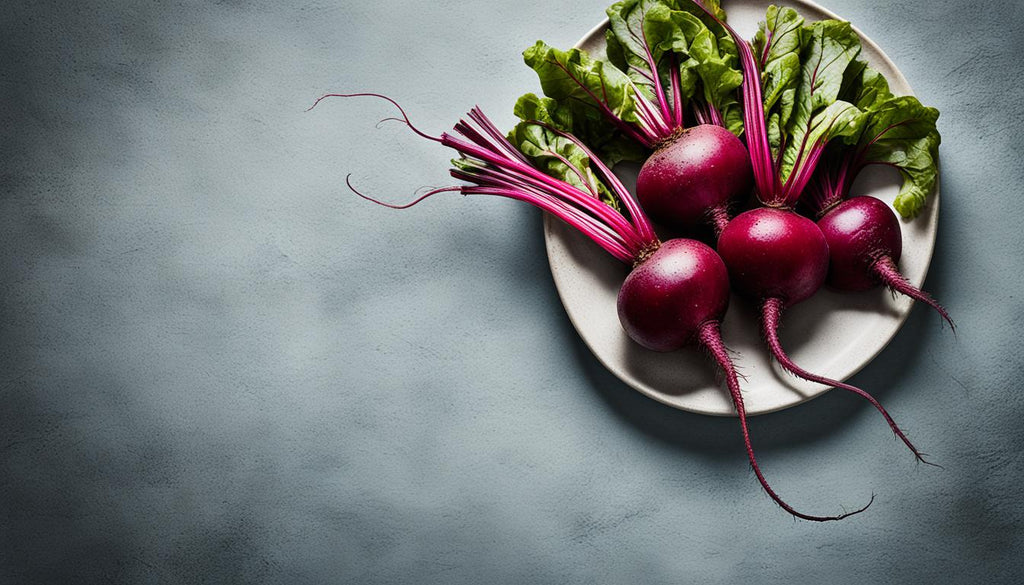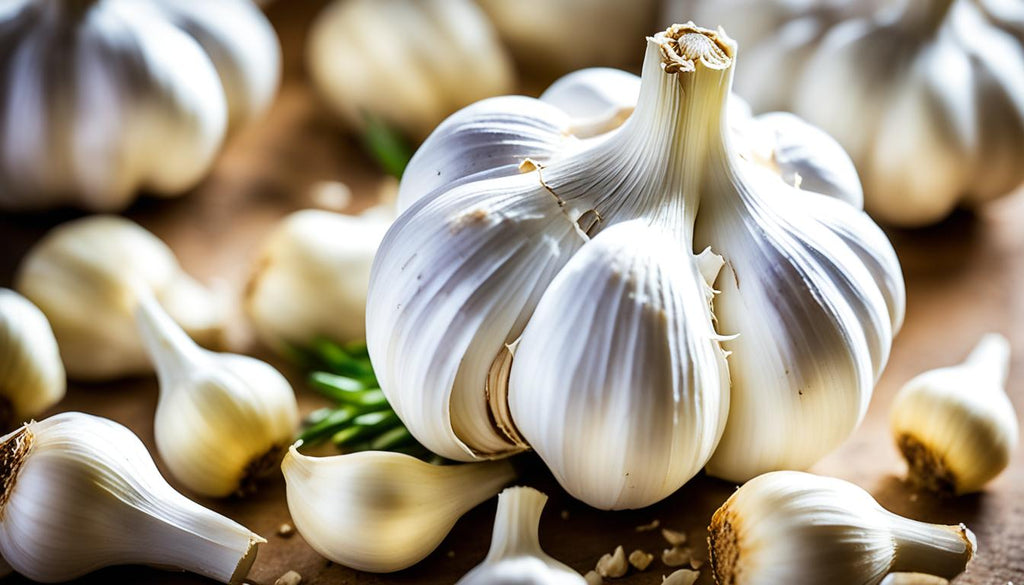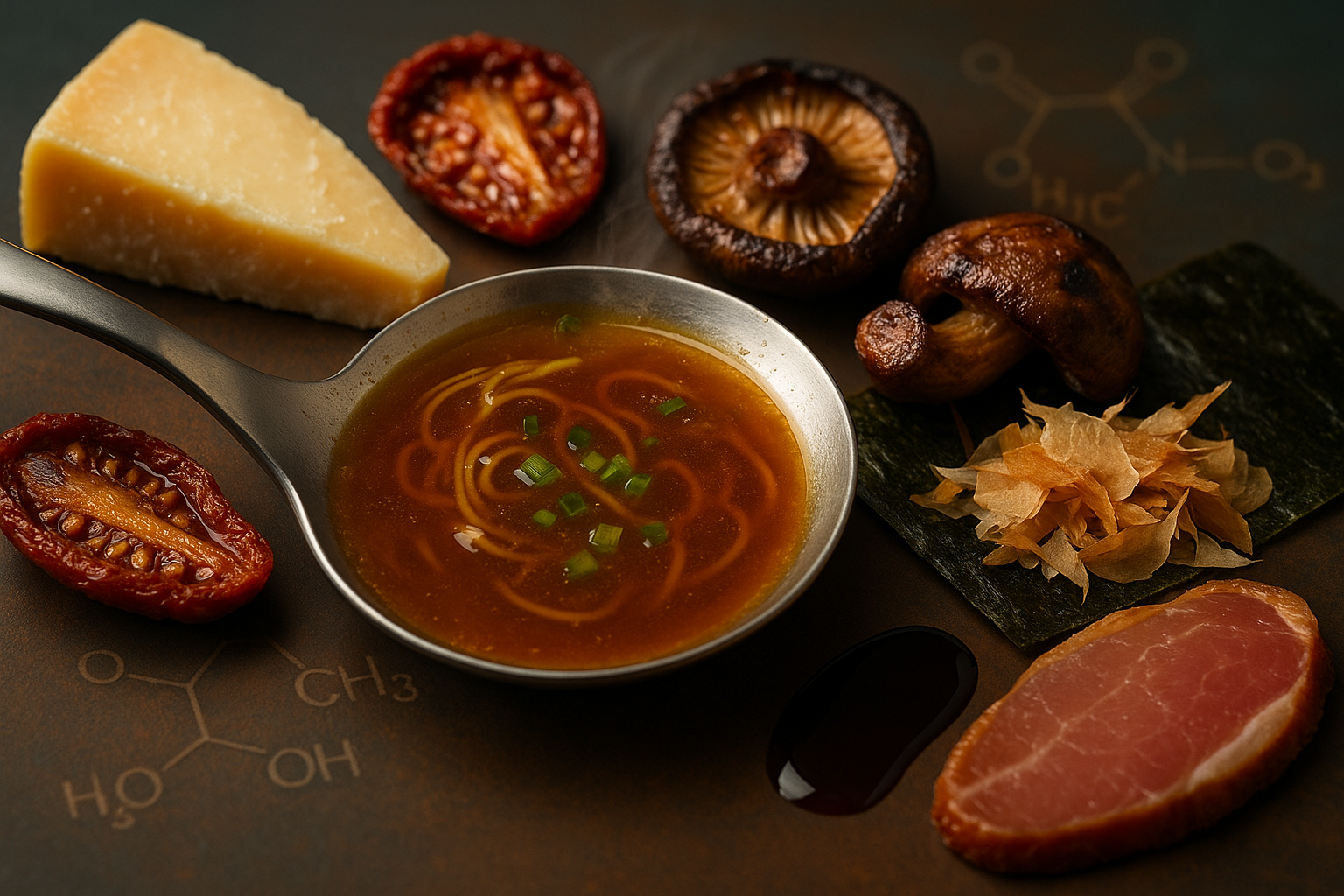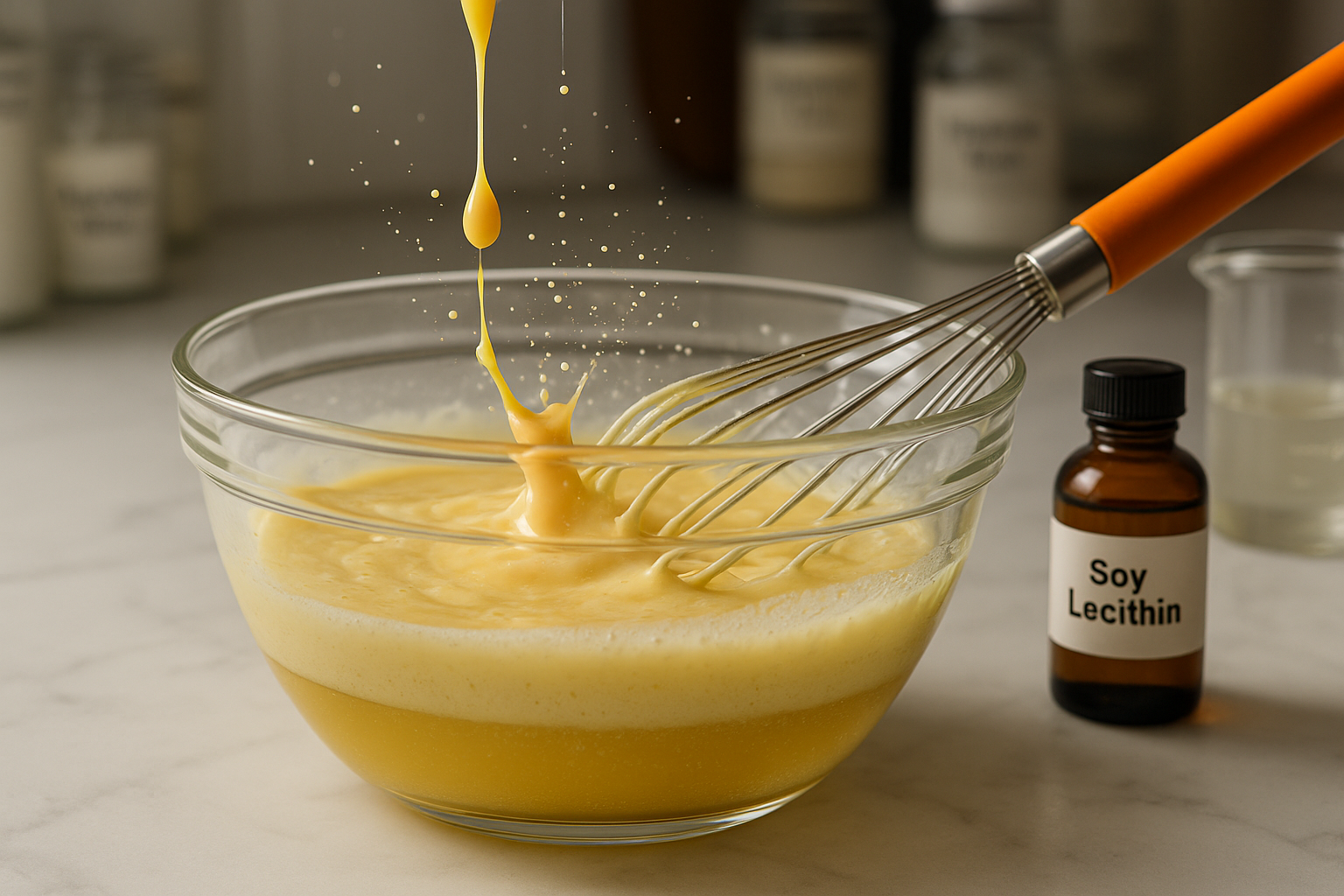
The 12 Best Foods for Lowering Blood Pressure
SUBSCRIBE TO OUR BLOG
Promotions, new products, and recipes.
Managing blood pressure is crucial for maintaining good cardiovascular health. While medication can play a role in managing hypertension, incorporating the right foods into your diet can also have a positive impact. In this article, we will explore the top 12 foods that have been scientifically proven to help lower blood pressure naturally.
Key Takeaways:
- Including blood pressure-lowering foods in your diet can be an effective way to manage hypertension.
- These foods, such as berries, bananas, beets, dark chocolate, kiwis, watermelon, oats, leafy green vegetables, garlic, and more, have been shown to have positive effects on blood pressure levels.
- Following a dietary approach to stop hypertension (DASH) can help control high blood pressure.
- Consult with a healthcare professional before making significant dietary changes or if you have any underlying health conditions.
- By incorporating these heart-healthy foods into your diet, you can naturally lower your blood pressure and support your overall health and well-being.
Berries
Berries, such as blueberries and strawberries, are rich in antioxidants called anthocyanins, which are a type of flavonoid. Studies have shown that anthocyanins and anthocyanin-rich berries can lower blood pressure. Incorporating berries into your diet can be as simple as:
- Enjoying them as a snack
- Adding them to smoothies
- Sprinkling them on oatmeal
Not only are berries delicious, but they also provide a natural way to maintain a healthy blood pressure level.
Bananas
Bananas are a good source of potassium, which plays a crucial role in blood pressure management. Potassium helps counteract the negative effects of sodium and promotes the relaxation of blood vessels, thereby contributing to lower blood pressure levels.
The American Heart Association recommends a daily intake of 3,400 mg of potassium for adult males and 2,600 mg for adult females. Incorporating bananas into your diet is an easy way to increase your potassium intake and support healthy blood pressure levels.
| Nutrient | Amount per 100g |
|---|---|
| Potassium | 358 mg |
| Protein | 1.1 g |
| Vitamin C | 8.7 mg |
| Fiber | 2.6 g |
Beets
Drinking beet juice may reduce blood pressure due to its high content of dietary nitrate. Research shows that nitrate from beetroot juice can lower systolic blood pressure in people with arterial hypertension. Incorporating beets into your diet can be done by drinking beet juice, adding beets to salads, or using them as a side dish.

Benefits of Beets for Blood Pressure Reduction
Beets are a natural source of dietary nitrate, which has been linked to blood pressure reduction. When consumed, dietary nitrate is converted into nitric oxide, a compound that helps relax and widen blood vessels, improving blood flow and lowering blood pressure. Research suggests that regularly consuming beets or beet juice can have a positive impact on blood pressure levels.
How to Incorporate Beets into Your Diet
There are various ways to include beets in your meals to reap their blood pressure-lowering benefits. Here are a few ideas:
- Add sliced beets to salads or wraps.
- Roast beets and serve them as a side dish.
- Blend beets into smoothies for a nutritious boost.
- Enjoy a glass of refreshing beet juice.
With their vibrant color and earthy flavor, beets can add both visual appeal and nutritional value to your meals.
Beet Recipes: A Delicious Way to Lower Blood Pressure
To help you incorporate beets into your diet, here are two recipes featuring this nutritious root vegetable:
| Recipe | Description |
|---|---|
| Beet and Goat Cheese Salad | A refreshing salad packed with beets, tangy goat cheese, and crunchy walnuts. The combination of flavors and textures makes this dish a delightful addition to any meal. |
| Beet and Berry Smoothie | A vibrant smoothie made with beets, mixed berries, creamy yogurt, and a touch of honey. This nutrient-packed beverage is not only delicious but also a great way to start your day. |
By incorporating beets into your diet, whether through salads, smoothies, or other recipes, you can enjoy their unique flavor while reaping the benefits of their potential to reduce blood pressure.
Dark Chocolate
Indulging in dark chocolate not only satisfies your sweet tooth but may also contribute to reducing blood pressure. Dark chocolate contains flavonoids, which are natural compounds found in plant-based foods that have been associated with various health benefits, including potential blood pressure reduction.
While the American Heart Association advises consuming dark chocolate in moderation and primarily for enjoyment, it can still be part of a balanced diet. Incorporating small portions of dark chocolate into your diet can provide a delightful treat while potentially benefiting your blood pressure management.
It's important to note that relying solely on dark chocolate for blood pressure reduction is not recommended, and other lifestyle changes such as a healthy diet, regular exercise, and stress management should also be considered.
Benefits of Dark Chocolate for Blood Pressure Reduction
- Flavonoids: Dark chocolate contains flavonoids, which are antioxidants that can help relax blood vessels, improve blood flow, and potentially reduce blood pressure.
- Endorphins: Eating chocolate can trigger the release of endorphins in the brain, which can contribute to feelings of pleasure and relaxation.
- Mood booster: Dark chocolate has been associated with improving mood and reducing stress, which can indirectly benefit blood pressure management.
- Potential heart health benefits: Some studies suggest that the flavonoids in dark chocolate may have additional cardiovascular benefits, such as reducing LDL cholesterol and decreasing the risk of heart disease.
When consuming dark chocolate, it's best to opt for varieties with a high cocoa content (70% or higher) to maximize flavonoid intake. Be mindful of portion sizes and enjoy dark chocolate as part of a well-rounded, balanced diet rather than relying on it solely for health reasons.
Kiwis
Kiwis are not only delicious but also beneficial for managing blood pressure. Research has shown that kiwis can help reduce systolic blood pressure, making them a valuable addition to a hypertension-friendly diet. Additionally, kiwis are packed with vitamin C, which has been linked to lower blood pressure in individuals with primary hypertension.
Incorporating kiwis into your daily meals or snacks is simple and enjoyable. Consider adding sliced kiwis to your lunches for a refreshing burst of flavor, or blend them into smoothies for a nutritious and tasty treat. One cup of kiwi or 2-3 kiwifruits constitutes a serving, providing you with the blood pressure-lowering benefits of this vibrant fruit.
| Kiwis | Systolic Blood Pressure | Vitamin C Content |
|---|---|---|
| 1 cup of kiwi or 2-3 kiwifruits | Reduces systolic blood pressure | Rich in vitamin C |
Watermelon
Watermelon, with its juicy and sweet goodness, is not only a summertime favorite but also a powerful ally in reducing blood pressure. This refreshing fruit contains an amino acid called citrulline, which the body converts into nitric oxide.
Nitric oxide is a gas that relaxes blood vessels and improves blood flow, ultimately leading to lower blood pressure.
There are various ways to incorporate watermelon into your diet. You can enjoy it as a refreshing juice, add it to salads for a burst of flavor and color, blend it into smoothies for a nutritious kick, or even try a chilled watermelon soup for a unique culinary experience.
By savoring the natural goodness of watermelon, you can not only stay hydrated but also support your blood pressure management goals.
Watermelon: Nutritional Facts
| Nutrient | Amount per 100g |
|---|---|
| Calories | 30 |
| Carbohydrates | 8g |
| Fiber | 0.4g |
| Protein | 0.6g |
| Vitamin C | 8.1mg |
| Potassium | 112mg |
Watermelon is low in calories and a good source of vitamin C, which supports a healthy immune system, and potassium, which helps regulate blood pressure.
Incorporating the naturally sweet and hydrating watermelon into your diet can not only provide a delicious treat but also contribute to your journey of maintaining healthy blood pressure levels.
Oats
Oats are a powerhouse when it comes to heart health and blood pressure control. This humble grain contains a special type of fiber called beta-glucan, which has been shown to have significant benefits for the cardiovascular system.
Research has demonstrated that beta-glucan can help prevent high blood pressure, reduce cholesterol levels, and improve overall heart health. The fiber acts as a sponge in the digestive system, soaking up excess cholesterol and preventing it from being absorbed into the bloodstream. This, in turn, helps to lower LDL cholesterol levels and maintain a healthy blood pressure.
One of the easiest and tastiest ways to incorporate oats into your diet is by enjoying a warm bowl of oatmeal for breakfast. You can mix in your favorite fruits, nuts, or spices to add flavor and variety. The combination of fiber, complex carbohydrates, and nutrients in oats provides sustained energy, helps control hunger, and promotes overall well-being.
Here are some ideas for incorporating oats into your daily meals:
- Add rolled oats to smoothies for a fiber and nutrient boost.
- Use oats as a crispy topping for baked fruit desserts.
- Mix oats into homemade energy bars or granola for a nutritious snack.
- Try making overnight oats with your favorite milk and toppings for a quick and delicious breakfast on the go.
Remember to choose whole oats rather than instant or flavored varieties, as they contain more fiber and fewer additives. Including oats in your diet can contribute to better blood pressure control and improved heart health over time. So, start your day with a comforting bowl of oats and reap the benefits for your cardiovascular system.
Leafy Green Vegetables
Leafy green vegetables are a powerhouse of nutrition and an excellent addition to any diet. Not only are they low in calories and high in fiber, but they are also packed with essential vitamins, minerals, and antioxidants.
When it comes to blood pressure management, leafy greens truly shine. These vegetables are rich in nitrates, which have been shown to have a positive impact on blood pressure levels.
Eating just one cup of leafy greens daily can significantly lower blood pressure and reduce the risk of cardiovascular disease. Some examples of popular leafy greens include:
- Spinach: Known for its iron content, spinach is also a great source of nitrates. It can be enjoyed in salads, smoothies, or sautéed as a side dish.
- Kale: Packed with vitamins A, C, and K, kale is a versatile leafy green that can be used in salads, stir-fries, and even baked into crispy kale chips.
- Swiss Chard: This colorful vegetable is loaded with nitrates and can be used as a substitute for spinach or kale in a variety of dishes.
These leafy greens can be easily incorporated into various dishes, allowing you to reap their blood pressure-lowering benefits while enjoying delicious and nutritious meals.
| Leafy Green | Nitrate Content (mg/100g) |
|---|---|
| Spinach | 558 |
| Kale | 274 |
| Swiss Chard | 213 |
Garlic
Garlic has long been recognized for its potential to reduce blood pressure and arterial stiffness. The main active ingredient in garlic, allicin, is believed to possess these beneficial properties.

Not only is garlic known for its potential to promote heart health, but it can also enhance the flavor of savory dishes. In fact, garlic can be used as an alternative to salt as a flavoring, making it a versatile and healthy addition to various meals.
Consider adding garlic to stir-fries, soups, omelets, and other dishes to not only enhance the taste but also contribute to blood pressure reduction. By incorporating garlic into your diet, you can enjoy its distinct flavor while potentially reaping the benefits for your cardiovascular health.
Garlic Usage Ideas:
- Add minced garlic to sautéed vegetables for an extra burst of flavor.
- Create a homemade garlic butter by combining crushed garlic with softened butter and herbs.
- Incorporate roasted garlic into pasta sauces or spreads for a delicious twist.
- Use garlic powder or granules as a seasoning for meat, poultry, or roasted vegetables.
- Make a garlic-infused oil by gently heating olive oil with crushed garlic cloves.
By exploring creative ways to include garlic in your meals, you can not only elevate the taste of your dishes but also potentially contribute to the reduction of blood pressure and support your overall cardiovascular health.
| Benefits of Garlic for Blood Pressure Reduction | How to Incorporate Garlic into Your Diet |
|---|---|
|
|
Fatty Fish
Fatty fish like salmon, mackerel, and sardines are rich in omega-3 fatty acids, which have been shown to reduce blood pressure levels by increasing levels of nitric oxide in the body. Nitric oxide helps to dilate blood vessels, allowing blood to flow more easily. Omega-3 fatty acids also reduce inflammation and lower levels of blood vessel-constricting compounds known as oxylipins, contributing to lower blood pressure.
The omega-3 fatty acids in fatty fish can enhance the production of nitric oxide, a molecule that helps relax blood vessels and improve blood flow, leading to lower blood pressure. These fatty acids also have anti-inflammatory properties that can help reduce the stiffness of blood vessels, further contributing to lower blood pressure levels.
Nuts and Seeds
Almonds, walnuts, flaxseeds, chia seeds, and hemp seeds are examples of nuts and seeds that can help lower blood pressure. These foods are high in magnesium, potassium, and fiber, all of which play a role in maintaining healthy blood pressure levels. Magnesium, in particular, helps to relax blood vessels and improve blood flow, while potassium helps to balance out the negative effects of sodium and reduces tension in the blood vessel walls.
Magnesium found in nuts and seeds plays a critical role in blood pressure regulation by promoting the relaxation and dilation of blood vessels. This mineral helps to mitigate the effects of stress on the cardiovascular system, allowing for smoother blood flow and lower blood pressure. Potassium in these foods helps counteract the effects of sodium and eases pressure on the cardiovascular system. The dietary fibers in nuts and seeds also contribute to the reduction of blood pressure by improving overall heart health and reducing cholesterol levels.
Conclusion
Incorporating the 12 best foods for lowering blood pressure into your diet can be an effective way to manage hypertension and promote heart health. Extensive research has shown that these foods have been scientifically proven to help reduce blood pressure levels. By including berries, bananas, beets, dark chocolate, kiwis, watermelon, oats, leafy green vegetables, garlic, and other heart-healthy foods in your daily meals, you can make significant strides towards maintaining optimal blood pressure.
However, it is important to note that while these foods can be beneficial, consulting with a healthcare professional is advised before making significant dietary changes, especially if you have underlying health conditions or are on medication. A healthcare professional can provide personalized advice based on your specific needs and requirements.
Remember, achieving and maintaining healthy blood pressure levels is a multifaceted approach that includes a balanced diet, regular exercise, stress management, and other lifestyle factors. By embracing these healthy habits and incorporating the recommended foods into your diet, you can take control of your blood pressure and enhance your overall cardiovascular well-being.
FAQ
What are the best foods for lowering blood pressure?
The 12 best foods for lowering blood pressure include berries, bananas, beets, dark chocolate, kiwis, watermelon, oats, leafy green vegetables, garlic, and others.
How do berries help lower blood pressure?
Berries, such as blueberries and strawberries, are rich in antioxidants called anthocyanins, which have been shown to lower blood pressure.
What is the connection between bananas and blood pressure management?
Bananas are a good source of potassium, which can help manage hypertension and reduce blood pressure.
How can beets contribute to blood pressure reduction?
Beets contain dietary nitrate, which has been linked to lower blood pressure. Consuming beet juice or adding beets to salads can be beneficial.
Can dark chocolate help lower blood pressure?
Dark chocolate contains flavonoids, which may help reduce blood pressure. However, it should be consumed in moderation.
How do kiwis contribute to blood pressure reduction?
Kiwis have been shown to reduce systolic blood pressure and are rich in vitamin C, which is linked to lower blood pressure in people with primary hypertension.
What is it about watermelon that can lower blood pressure?
Watermelon contains citrulline, which the body converts into nitric oxide, a gas that relaxes blood vessels and improves blood flow, leading to lower blood pressure.
How do oats help control blood pressure?
Oats contain beta-glucan, a type of fiber that may benefit heart health, including blood pressure control and protection.
How do leafy green vegetables contribute to blood pressure management?
Leafy greens are rich in nitrates, which can help manage blood pressure and reduce the risk of cardiovascular disease.
What is the connection between garlic and blood pressure reduction?
Garlic has been shown to reduce blood pressure and arterial stiffness, attributed to its main active ingredient called allicin.
Source Links
- https://www.webmd.com/hypertension-high-blood-pressure/ss/slideshow-hypertension-low-bp-foods
- https://www.healthline.com/nutrition/foods-high-blood-pressure
- https://www.medicalnewstoday.com/articles/322284
Well That's the Story. I hope it was helpful. Let's Hear Your Thoughts!
We've shared our insights, and now it's your turn! Have an opinion, a question, or a story to share about this article? Dive into the comments below and join the conversation. Your voice is a crucial part of this community, and we're eager to hear what you have to say.
We would appreciate hearing from you. Please add your comments below. We will reply to them.
See: The Hydrocolloid Glossary
For further reading: American's Test Positive for Chlormequat: And it is Rising –
Elevate Your Culinary Creations! 🍽️✨
Every dish deserves the perfect texture to complement its flavors. Why settle for anything less than perfection? With Cape Crystal Brands Food Texture products, you don't have to. Whether you're crafting velvety sauces, glistening gels, or fluffy mousses, our range ensures you get the consistency you desire every single time.
Don't just cook—create masterpieces. Dive into the world of culinary textures and elevate every meal. Shop now and experience the magic of Cape Crystal!
🛍️ Click Here to Explore Cape Crystal Brands Food Texture Products!

|
About the Author Ed is the founder of Cape Crystal Brands, editor of the Beginner’s Guide to Hydrocolloids, and a passionate advocate for making food science accessible to all. Discover premium ingredients, expert resources, and free formulation tools at capecrystalbrands.com/tools. — Ed |
Enjoyed this post? Subscribe to The Crystal Scoop
Food-science tips, ingredient know-how, and recipes. No spam—unsubscribe anytime.
- Choosing a selection results in a full page refresh.




